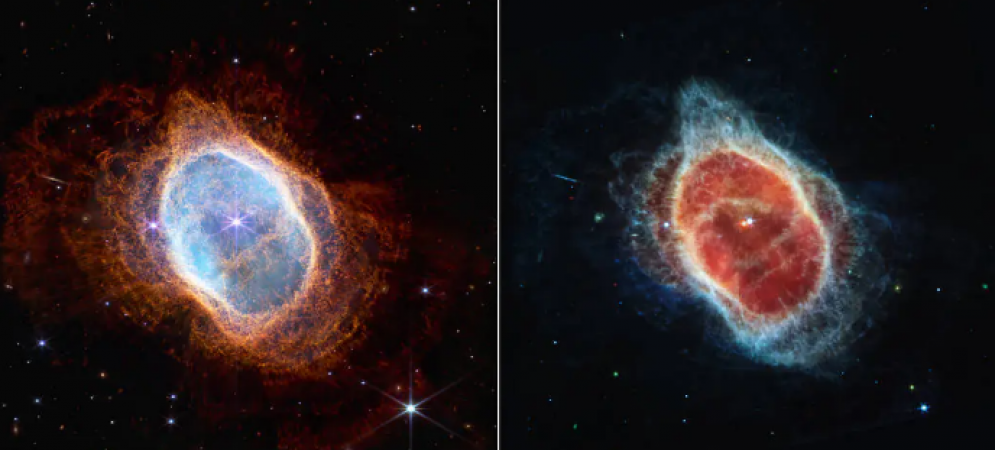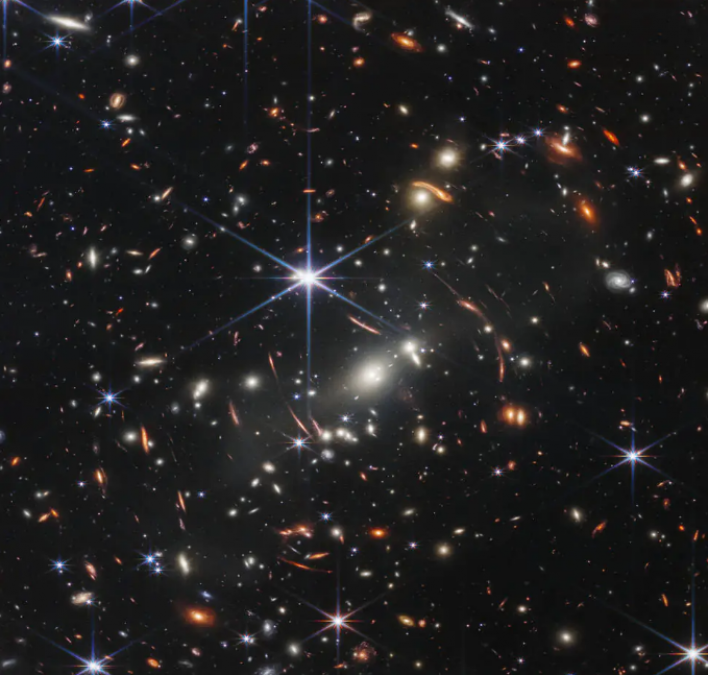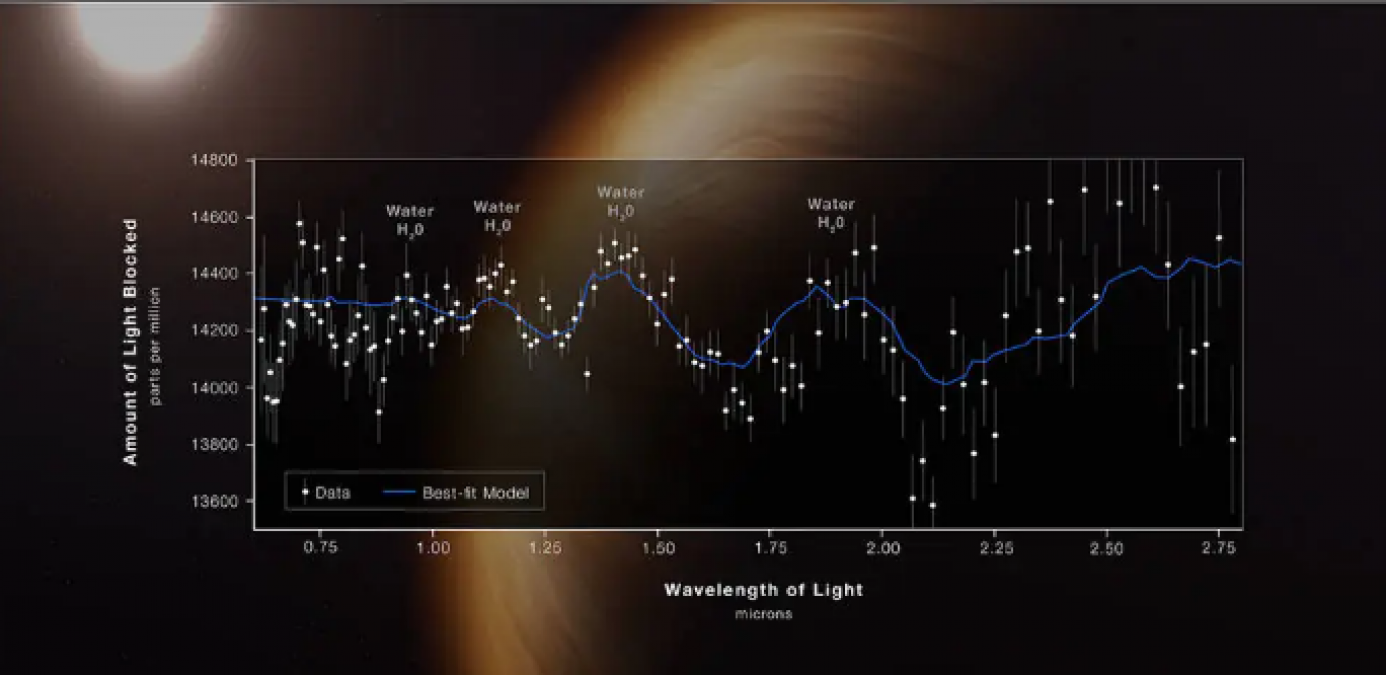
US: The James Webb Space Telescope's first batch of images have been released by NASA, more than seven months after it was launched into orbit, deployed, and placed there (JWST). Last night, the agency held a live stream event where the astounding images were unveiled one by one. During the event, experts provided in-depth analyses of each image.
First Deep Field by Webb

The first image, known as Webb's First Deep Field, the sharpest deep field image to date that includes galaxies thought to have existed since the universe was less than a billion years old, was first revealed to the public on Monday by US President Joe Biden. The image, which was taken by the Hubble Space Telescope in 1995, was of the galaxy cluster SMACS 0723. Hubble needed more than 10 days and more than 100 hours of exposure to capture the image, and a higher resolution image from 2012 required a total of 50 days' worth of observations. JWST, in contrast, only needed 12.5 hours to capture a portion of the universe that, according to NASA, is comparable to seeing a grain of sand up close.
The second image from the James Webb Space Telescope is an indirect one made up of measurements of starlight passing through a distant planet's atmosphere rather than an actual image. JWST has discovered a gas giant orbiting a star similar to the Sun that exhibits water and cloud signatures thanks to its precise instruments.
WASP-96 b, one of the Milky Way's more than 5,000 confirmed exoplanets, is located roughly 1,150 light-years away. Although Hubble first discovered water on an exoplanet in 2013, JWST's more thorough observations may make it simpler to find additional habitable planets in the future.

WASP-96
NASA claims that because planetary nebulae have been around for thousands of years, scientists can observe and study how stars change over time and affect their surroundings. It's interesting to note that the expelled dust lasts a very long time and may eventually merge with a new star or planet as it travels through space for billions of years.
SKorea approves 'SKYCovione' COVID vaccine from SK Bioscience